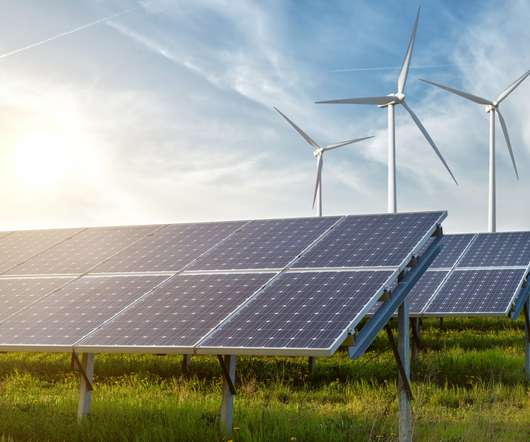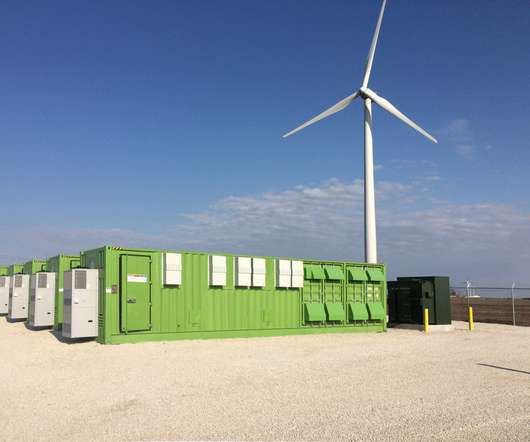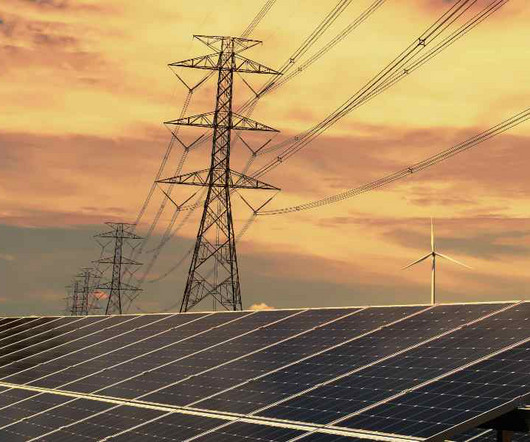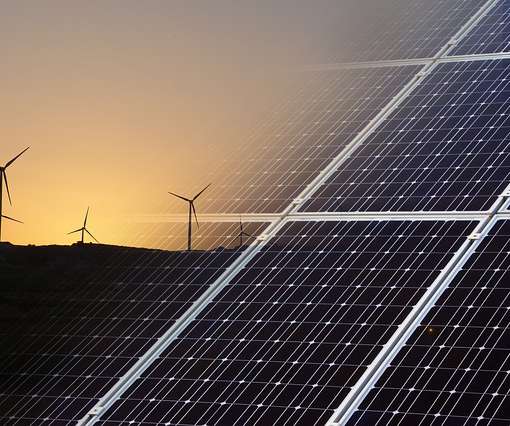Renewables made up 92% of new generating capacity in the U.S. in the first half of 2021
Renewable Energy World
AUGUST 25, 2021
biomass, geothermal, hydropower, solar, wind) dominated new U.S. by June 2024). By comparison, net growth for natural gas will be only 13,241 MW. Thus, wind and solar combined are forecast to provide roughly five times more new net generating capacity than natural gas over the next three years. of total U.S.


















Let's personalize your content